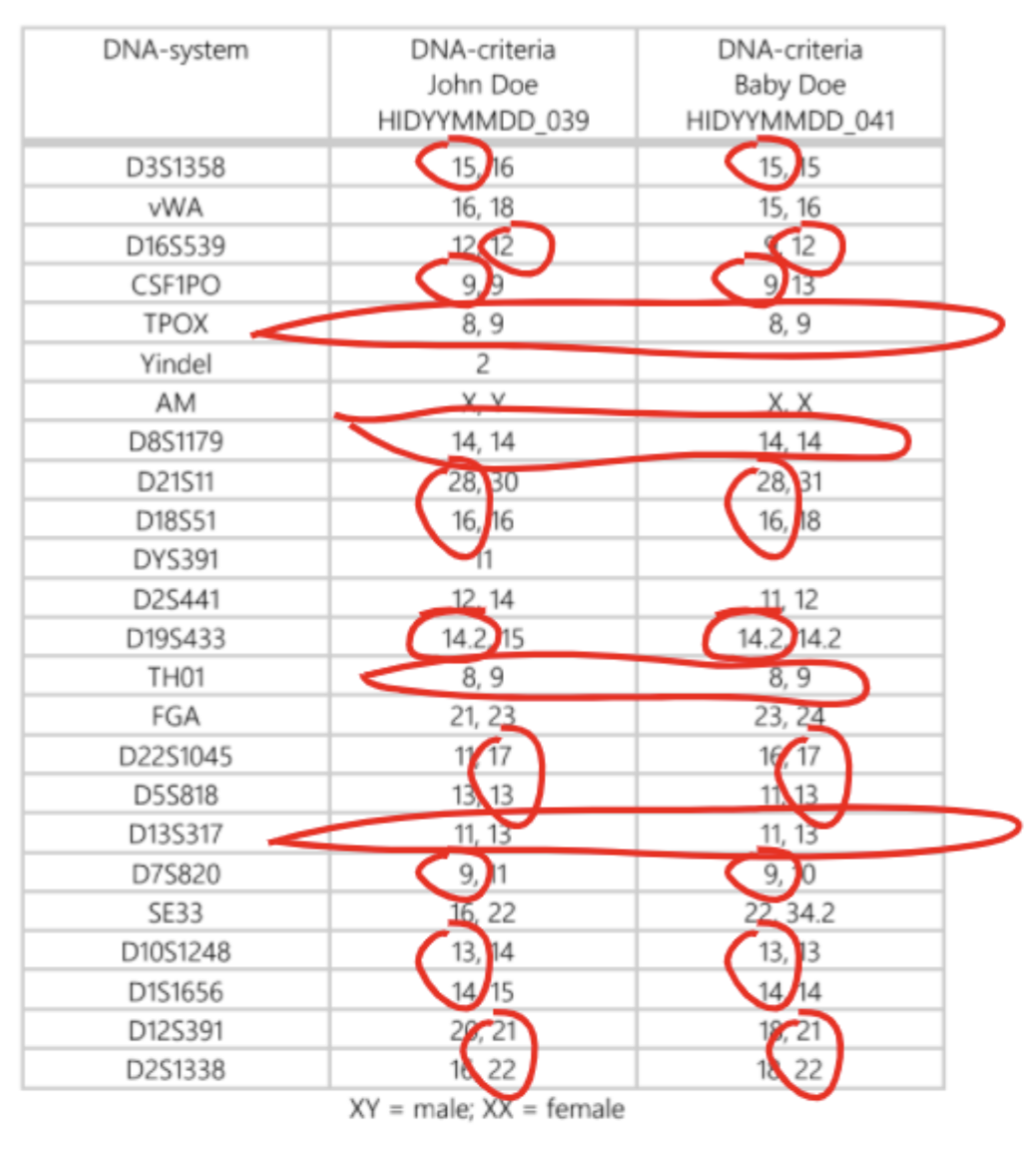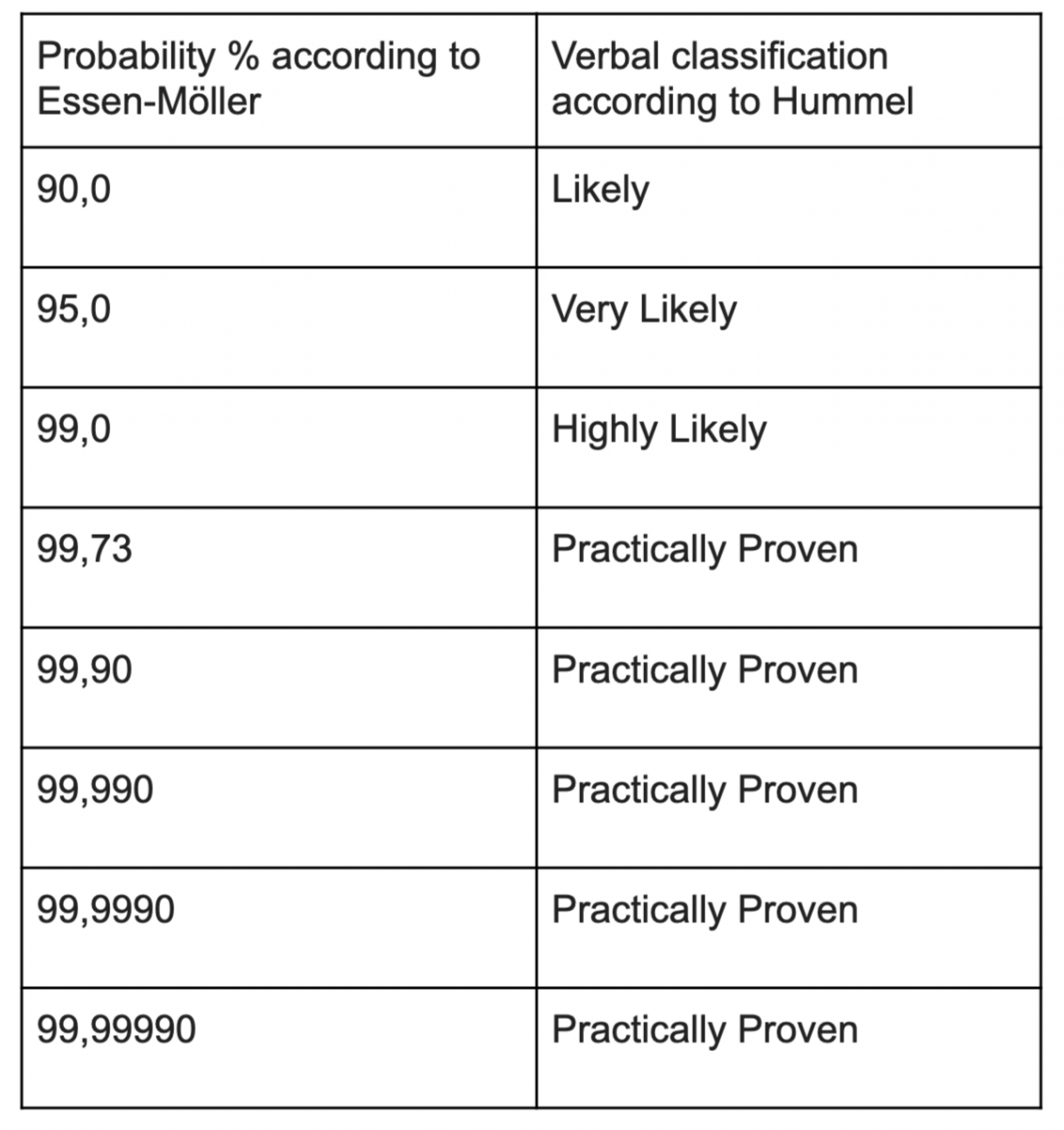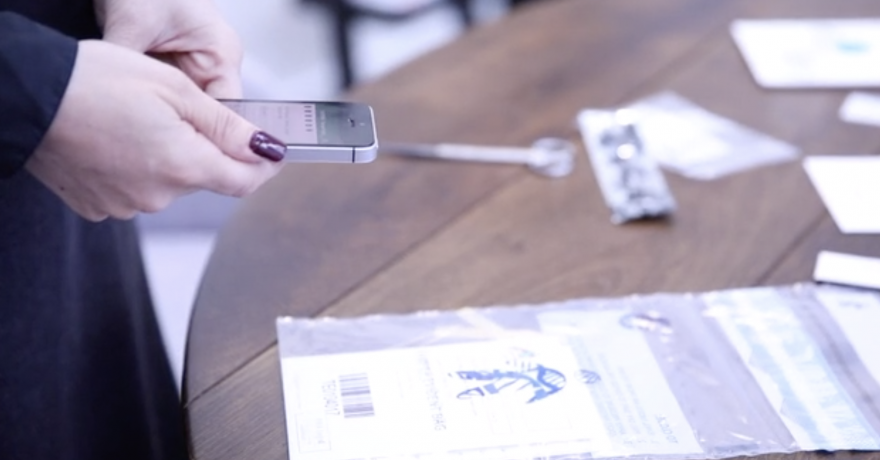How to choose an approved DNA Testing Company
When choosing an approved DNA Testing company it is important to be looked after throughout the process, right through to the end result. Questionably the most important aspect is being able to understand your results when the testing is complete. At DNA Legal we pride ourselves on having the most accurate, reliable, and stress-free processes with testing, ensuring strict adherence to the guidelines in place with the courts and the Home Office. Along with an easy process to set up your testing; we wish all our clients to feel all our results are easy to interpret as well.
When testing is complete, a hard copy of the results is posted along with an emailed copy to the individual instructing the testing. When choosing your DNA testing provider it is key to ensure they are an accredited provider, which you can ensure by checking on the official GOV site. This is vital for testing required for Legal or Immigration purposes. Your results will be supported by confirmation of the chain of custody held throughout the process and proof of identification of the donors, which has recently become a necessity with Home Office applications.
The report will then move into more detail of who has been tested, listing their details, and providing clarity of the relationships we have tested in our laboratory. Along with this detail the process in which the samples made their way to our laboratory and how the checks have been completed are specified. Further detail of DNA extraction and analysis has been illustrated and explained.
Results Table
The donors are listed at the top, confirming each marker that has been analysed respectively to reach the statistical conclusion. The reader can see the markers that have been tested and matched.
Below we have an example of a negative and positive result for a test of paternity for an Alleged Father and 2 Children (Negative) and Father and 1 Child (Positive). In order for a biological relationship for Paternity to be proven the laboratory would need to ensure there are no more than 4 mismatches from the marker testing. We will always test as many chromosomal markers as possible to reach a conclusion. We have circled the mismatched markers to illustrate this.
Example of a Negative DNA Result - with 10 mismatches circled
.png)
Example of a Positive DNA Result - with marker matches circled

Results Conclusion
The final aspect of the result is the conclusion (as seen below), which is the final clarification of the findings during testing. The bio-statistical evaluation is spelled out, providing a clear explanation of the proven or inclusive result.
The conclusion will illustrate if the child tested against the putative father shared the genetic markers that have to be present when testing for the biological Father. The probability of the paternity testing is then provided allowing the reader to see the percentage given for this biological relationship
Example of a Positive Conclusion:

Example of a Negative Conclusion:
.png)
In order for a Biological relationship to be proven between two individuals, our laboratory will test chromosomal markers. Our DNA is made up of ‘building blocks’ we inherit from our parents. These unique ‘building blocks’ or markers are what allow us to compare two DNA profiles for comparison.
Approximately 50% of the markers in a child should be passed down from the Father and approximately 50% from the Mother. Our laboratory will look to test Autosomal markers, ‘Y’ Markers and ‘X’ Markers when looking to prove paternity or maternity. Our laboratory will test as many markers as possible to prove or disprove a relationship and at standard we test for an absolute minimum of 24 markers.
Probability %
There is a classification system for paternity testing and how you will see it on your results.

When looking to prove a relationship via DNA we test what is known as Alleles or Chromosomal Markers. The child gets half the alleles from the mother and the other half from the father. So ideally with a given combination, the father shares exactly 50% with the child. The exclusion for paternity is always 100% as the situation is different. The recommendation (considering the mutation rate of the different loci/markers) is that a mismatch of more than four markers is an exclusion of paternity. But again there can be exceptions, usually, however, the result is then conspicuous.
For example, if there are too many homozygous markers in the child, this could mean the child has inherited markers from more distant relatives. This and other potential scenarios are taken into account and determined through the thousands of calculations that take place in our lab.
If the receiver of the results is still unsure following the report and conclusions provided, we have a team of professional experts who are on hand to assist with interpretation of the results. They can email in or call our office team on 02034243470.

